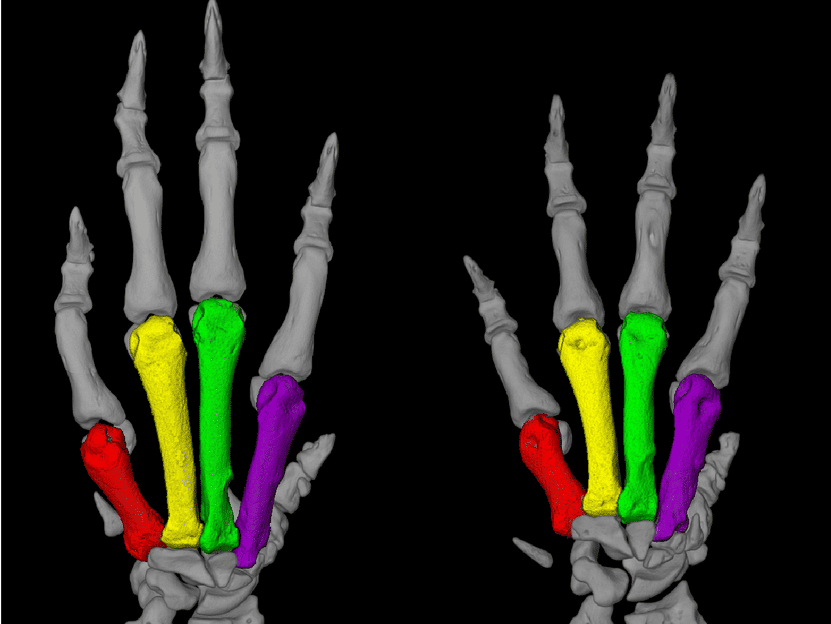Tooth enamel restoration inspired by mother of pearl
Researchers in China have shown that the organic component of mother of pearl can help repair damaged teeth, by acting as a template for the mineralisation of tooth enamel.
Tooth enamel is made up of rod-like crystals of hydroxyapatite, a calcium phosphate mineral. It is the hardest tissue in the body, but is susceptible to erosion by food and bacterial acids. Methods of artificially rebuilding enamel often involve extreme temperature, pressure or pH conditions that make them impractical for clinical use.
Researchers from the Chinese Academy of Sciences and Fujian Medical University, both in Fuzhou, are working towards a more feasible solution using the natural composite, nacre (mother of pearl), from the inside of mollusc shells.
Nacre is composed of layers of aragonite, a form of calcium carbonate, separated by an organic matrix of proteins and biopolymers called the Water Soluble Matrix (WSM). The WSM acts as a template for aragonite crystal growth during nacre formation, so the researchers thought it might also be able to influence the structure of hydroxyapatite crystals in enamel. They tested this using extracted human molars that had been deliberately damaged with a strong acid.
The teeth were immersed in a solution containing the isolated nacre WSM from mussel shells, along with calcium and phosphate ions, for three days. Scanning electron microscope images revealed that hydroxyapatite crystals with the correct shape and orientation formed on the surface of the tooth. The new ‘enamel’ was also similar to the real thing in terms of smoothness and hardness. Without the WSM, the crystals that formed were randomly orientated.
Original publication
X Li et al, CrystEngComm, 2013
Most read news
Original publication
X Li et al, CrystEngComm, 2013
Organizations
Other news from the department science

Get the life science industry in your inbox
By submitting this form you agree that LUMITOS AG will send you the newsletter(s) selected above by email. Your data will not be passed on to third parties. Your data will be stored and processed in accordance with our data protection regulations. LUMITOS may contact you by email for the purpose of advertising or market and opinion surveys. You can revoke your consent at any time without giving reasons to LUMITOS AG, Ernst-Augustin-Str. 2, 12489 Berlin, Germany or by e-mail at revoke@lumitos.com with effect for the future. In addition, each email contains a link to unsubscribe from the corresponding newsletter.


















































